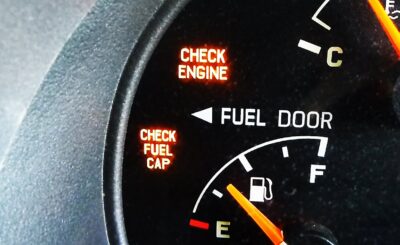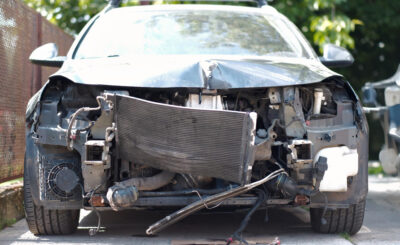Maintaining the structural integrity and appearance of your car’s fenders starts with a regular visual inspection. Fenders are vulnerable to chips, scratches, and dents from road debris, curbs, and other vehicles. Walk around your car in a well-lit area, paying close attention to the fender surfaces—especially around the wheel wells and lower edges. Look for paint imperfections or signs of bubbling, which may indicate underlying rust. Early detection of minor damage allows for quick touch-ups that can prevent corrosion and more expensive repairs down the road.
Check Fender Alignment and Gaps
Misaligned fenders can result from minor collisions, improper repairs, or even general wear and tear. Check the spacing between the fender and adjacent body parts like the hood, doors, and bumpers. Gaps should be even and consistent. Uneven panel gaps may suggest loose mounting bolts or bent brackets. Also, gently press the fender to see if it moves or makes noise—both are signs of poor attachment. Addressing these alignment issues promptly helps maintain the structural fit and finish of your vehicle while preventing more serious frame-related concerns. From the European Auto Repair in Middle River, MD based services you can get the best support here.
Inspect Inner Fender Liners and Fasteners
The inner fender liner is a critical yet often overlooked component that protects the underside of your car from water, dirt, and debris. Regularly check that the liner is securely fastened and not cracked, torn, or hanging loose. Missing or broken fasteners can allow debris to get lodged between the fender and the liner, which accelerates wear and promotes rust. If any clips or screws are missing or corroded, replace them immediately. A properly attached liner ensures long-term preservation of both the fender and surrounding components.
Monitor for Rust and Corrosion
Rust tends to form in areas that are regularly exposed to moisture, such as the inner lip of the wheel well or where dirt accumulates. Carefully inspect these high-risk zones by feeling for rough patches or looking for discoloration. If you spot early signs of rust, clean the area thoroughly and apply rust inhibitor or primer. For more advanced corrosion, professional treatment may be necessary. Preventative cleaning, especially during and after winter months when road salt is common, goes a long way in stopping rust before it spreads.
Protect and Maintain the Paint Finish
Beyond structural care, preserving your fender’s paint finish keeps your car looking its best. Wash the fenders regularly to remove dirt and road grime that can wear down the paint over time. Apply wax or a ceramic coating every few months to add a layer of protection against UV rays, water, and pollutants. Avoid parking under trees for long periods, as sap and bird droppings can damage paint if left untreated. Consistent maintenance not only improves your vehicle’s appearance but also helps maintain its resale value by keeping the fenders in excellent condition.








